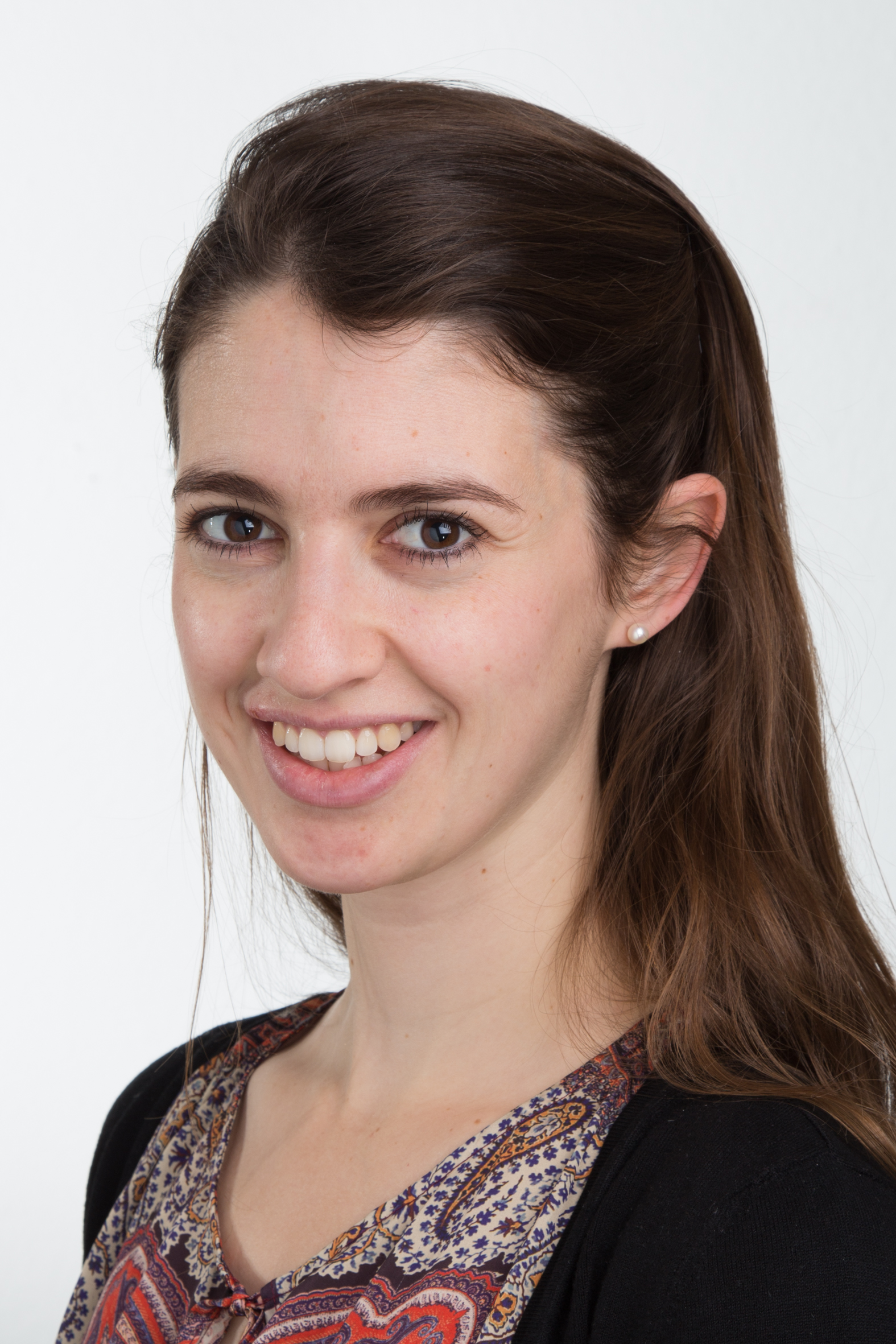
Today our spotlight is on Dr. Hannah Fürniss from the Department of Congenital Heart Defects and Pediatric Cardiology. She leads a research project that focuses on understanding fibrotic remodeling in right ventricular myectomies of patients with congenital heart defects. She told RE4CH a bit about her work by email:
What is the most interesting or exciting research question that you hope to answer in the next 5 years?
Our aim is to be able to relate alterations in structure and composition of heart muscle to different phenotypes in patients with congenital heart defects, especially tetralogy of Fallot. We hope to gain information especially about the non-muscle cells in the heart and their impact on cardiac mechanics and electrics. As we have access to heart muscle tissue from patients of many different age groups via the Freiburg CardioVascular BioBank, we have the unique opportunity to investigate myocardial remodelling at varying degrees of severity and over the time course of the disease.
What is the most difficult challenge you face in doing this research (technical, regulatory, logistical, conceptual)?
Our findings from patients with congenital heart defects need to be compared to non-diseased myocardium to be able to interpret the impact of disease. However, myocardium from healthy patients especially in the paediatric age group is very rare, especially as we require intact and, ideally, live myectomies. Therefore, this leads to both logistical and conceptual challenges in our work.
Can you tell us something surprising about your work? Either something that was unexpected to you when you discovered it, or something that you think others would find surprising?
The heterogeneity of cardiac remodelling both within and between different patients in the paediatric age group is astonishing to me. It appears that even though the patients are of a similar age and clinically affected by the same congenital heart defect they can experience significantly different remodelling processes in the myocardium, whose immediate causes are challenging to identify.
How does your work directly impact children and young people and their health?
In the long run, we hope to advance non-invasive assessment of myocardial remodelling in patients with congenital heart defects, which may support patient-specific risk stratification and therefore improve individualised decision making.
Many thanks, Dr. Fürniss, and we wish you every success with this important work!